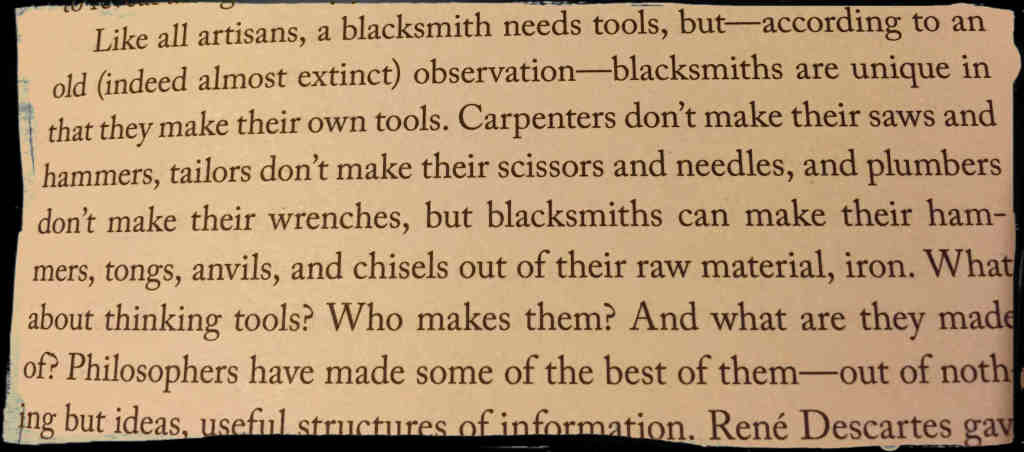The first chapter of The Age of Spiritual Machines, by Ray Kurzweil, is titled The Law of Time and Chaos. The law has two strands- The Law of Increasing Chaos and The Law of Increasing Returns, and together they dictate that in a process, the time interval between salient events (i.e. events that change the nature of the process, or significantly affect the future of the process) expands or contracts along with the amount of chaos. In the book, this is used to explain evolution. Evolution draws upon the chaos in the larger system in which it takes place for its options for diversity, and evolution builds on its own increasing order. Therefore, in an evolutionary process, order increases exponentially, time speeds up, and the returns accelerate.
It becomes very interesting when I put this in the context of organisations and the business environment they operate in. The business environment consists of various other organisations (exactly like life forms in evolution) and therefore the time interval between salient events (a new ‘disruption’) is becoming shorter. On the flip side, the organisation (akin to evolution of a single organism) is becoming more complex, and thus the time interval between salient events (their own breakthrough developments/innovations) increases.
The interesting question, therefore, is how do organisations beat the ‘slowth’ (via) that accompanies systems that have grown large? I could identify two ways. When I asked myself whether organisations could remain ‘simple’ at scale, I immediately thought of agility as a proxy. Agile internally so as to be able to respond to external dynamics. Seth Godin had a fantastic post titled Plyometrics that succinctly brings this out. For a detailed take on responsive organisations, read Mike Arauz’ post titled ‘The Most Responsive Companies of 2014‘.
Another interesting way is probably the ‘adjacency platforms’ approach that I mentioned in Change Strategies. Use the ‘order’ an organisation creates in other markets and industries.
But there might be more. I think the best analogy I could find was via Smithery. Every organisation needs to be a blacksmith!

